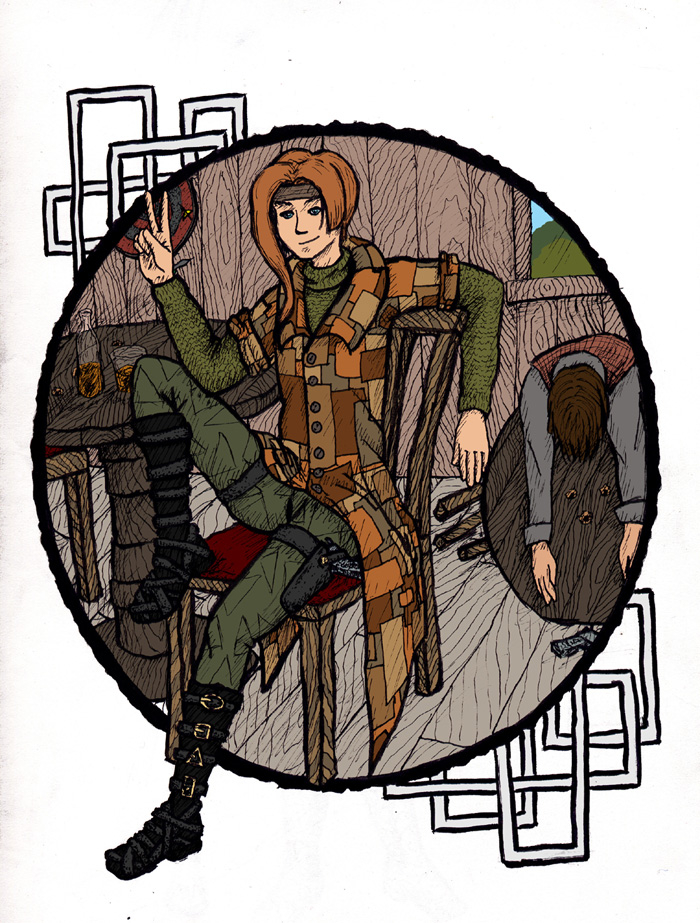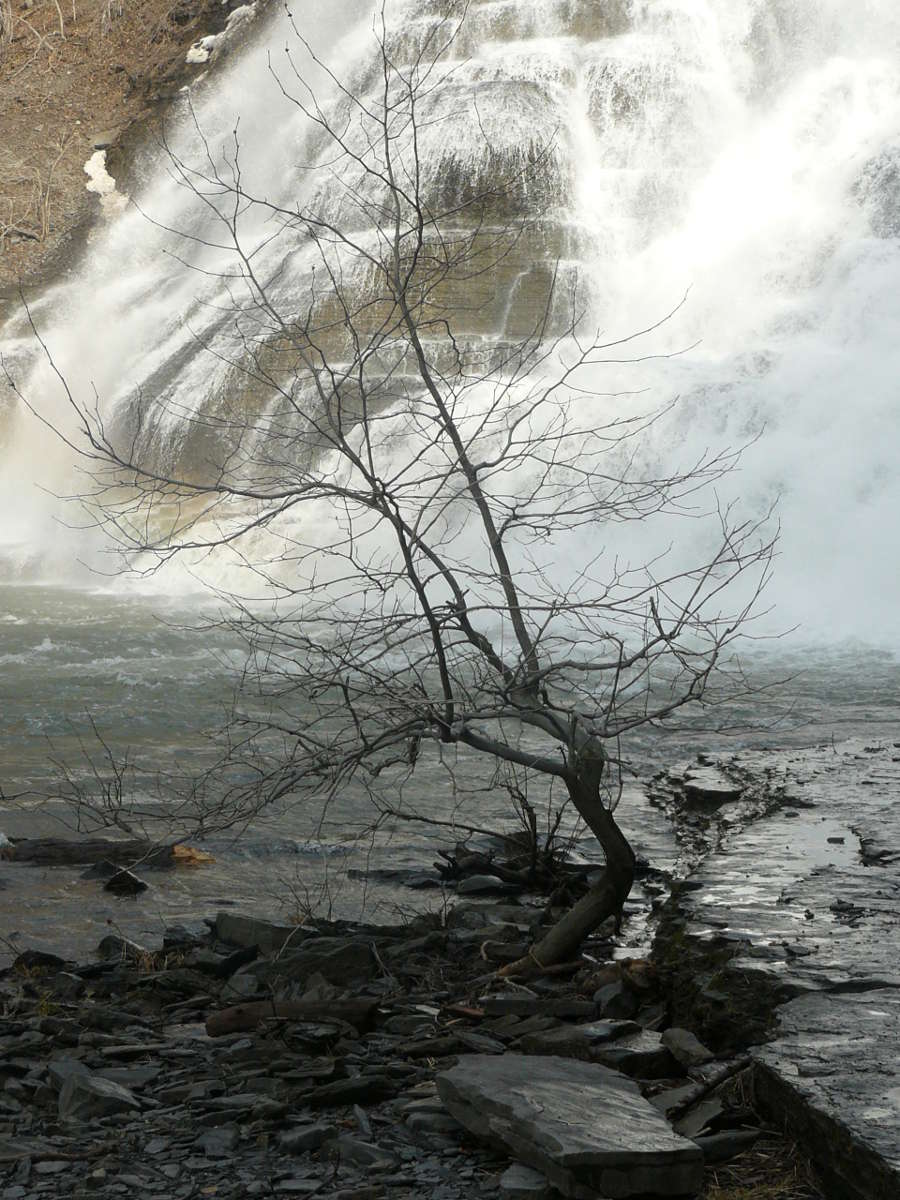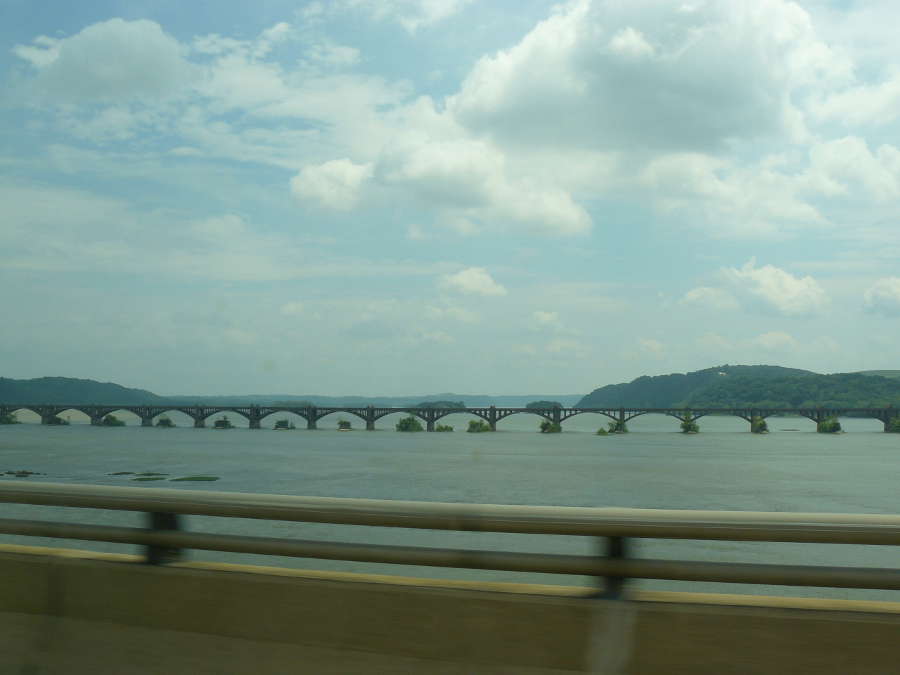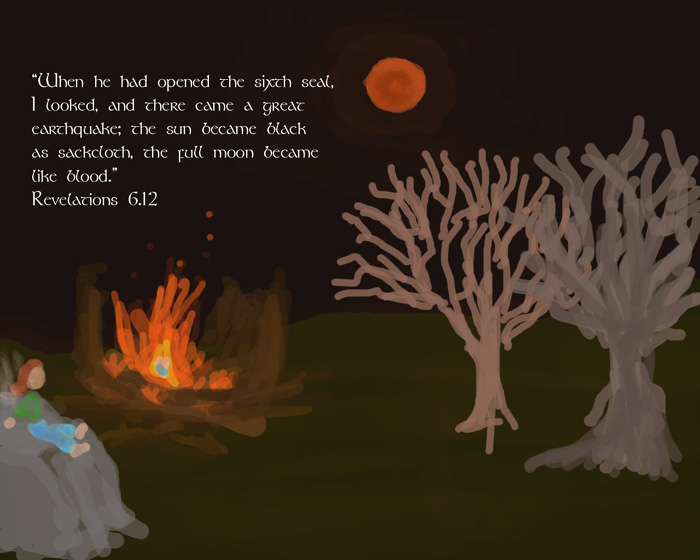 Time Drawn: October 2004
Time Drawn: October 2004
I’m really pulling out the old artwork here. This was made mere months after I started using Photoshop to create art at all. This was drawn quickly with a mouse, too. It would be six or so years before I got a tablet, and another year or two before I became comfortable with Photoshop. I’m still using the same version of Photoshop as I had then, though, Photoshop 7 (and that was from a friend with a legal license to put it on multiple computers). I haven’t had enough money to upgrade, what with new versions costing near $1000 and my old one still doing most of what I want. Still, as edition after edition of Photoshop Creative Suite comes out (PS 7 was before they even started the Creative Suite stuff, by the way), the uber-nifty features are really adding up. I’m too honest to steal it, so I’ll have to wait until I start making some actual money in order to get it. I have heard it’s one of the most pirated pieces of software out there, what with its extremely high price and the rather high demand for it amongst the young-and-broke. When I’m having to work on other machines, I work with GIMP, the best open source art program, even though it is still more irritating to use than the decade-old PS 7.
But that is not why I brought out this piece. I mean, it’s my “Random” day, not an “Artwork” day. This means, of course, I was inspired to talk about something else.
Let’s talk astronomy.
A few nights ago, I went out late at night with the other people here to see something unusual. The International Space Station was passing overhead. We went out a few minutes early, and then were out standing in the field, peering at the southeast treeline, looking for a bright dot that moved. I was the first to spot it as it rose over the trees. It wasn’t too bright at that point, easily outshone by the stars around it. It was moving quickly though, and was halfway up the southeastern sky by the time the last of our group finally spotted it. It was growing brighter and more distinct as it came closer to being above our heads. It was a bright white + shape at the highest point, too far away for any more detail to show, but close enough that it was no longer a dot.
The rest of the group headed in after it passed above us, tired and ready for bed. I stayed to watch it as it flew towards the horizon, fading once again into an indistinct dot in the night sky. It was oddly bittersweet when it finally dropped out of sight behind the trees to the northwest.
I’ve got a fondness for nighttime astronomical events. Lunar eclipses are my favorite. I’ve seen four or five of them over the years. The one that inspired the art above was the second one, and was even a full one. Seeing the dark red moon shining brightly over the trees of the Lutheran collage I attended was inspiring, and I drew a connection between certain prophecies in the Bible and the blood-red moon above. Even if I did the standard misspelling of adding the “s” to Revelation. I may have gone to a Lutheran collage but I’ve never been too firm of a Christian, and what I learned there in the religion classes I took (many for the fun of it) lead me more towards true agnosticism than Christianity. Ah well, such is life.
Still, there is something about the blood red moon of a lunar eclipse that really draws me in. I can see why it scared people in the past, for the same sorts of reasons solar eclipses did. Something very odd happens to a major source of light, either the sun or the full moon. (Lunar eclipses only occur during full moons. If you can’t figure out why, you really need to take an astronomy class). Solar eclipses are much more notable since they’re so rare and more people are awake and active during the event. But lunar eclipses have that odd red-orange color that reminds so many of blood (it’s not really a blood color, it’s too orange for that) that really gets the prophets going. They’re a lot more common, too, since the Earth has a much larger shadow for the moon to hide in than the moon does for the Earth to hide in.
For many years my purse was a homemade bag with the image of a lunar eclipse on the front. The concept keeps resonating with who I am. It’s that whole looking into the fearful unknown thing, probably. I’m quite fond of studying disasters and things that could wipe me out with less care than we give to killing an ant. It’s mainly because I’d rather know and be able to identify danger and prepare for it properly instead of hide my head in the sand and hope it goes away. I’m all about preparation, maybe because I have the reflexes of a dead slug. Seriously. Did you ever do the reflex test where someone held a ruler between your fingers at the 0 mark and randomly dropped it, so you’d see how fast you were able to grab it? I would occasionally let all 12 inches of the ruler fall through my fingers before my reflexes fully kicked in. Yeah. At least I can program my reflexes in advance, telling them “when this moves, just close the fingers, don’t wait for input from the brain”. That gets them closer to more standard human levels. Still, this requires me to have a clue what’s coming. Which means I need to know as much as I can about a situation to be able to predict what will happen.
I’m not a prophet, after all, even if I’m as fond of lunar eclipse imagery as they are.
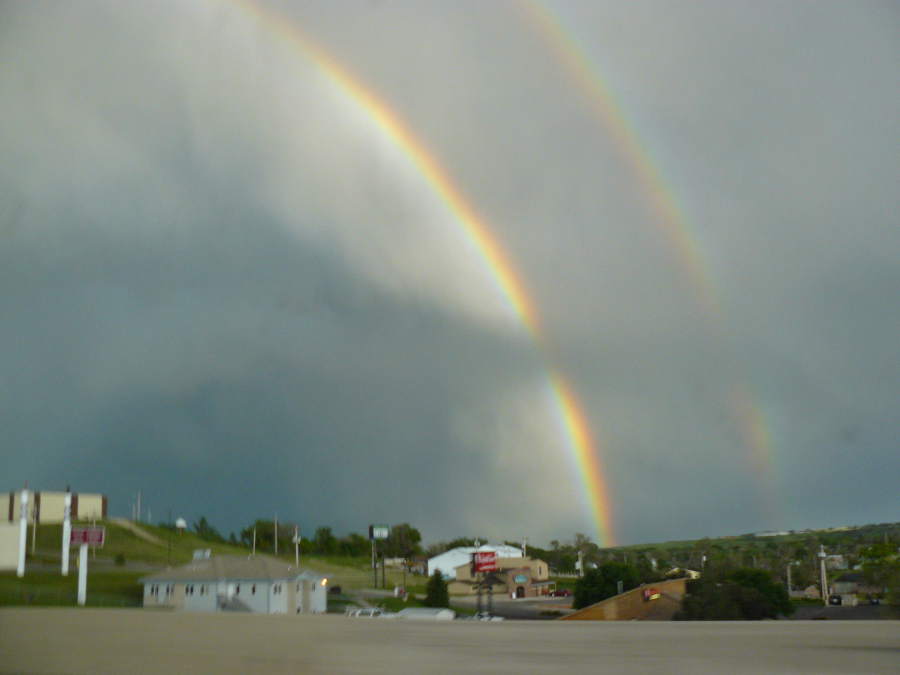 Location Taken: Black Hills, South Dakota
Location Taken: Black Hills, South Dakota

